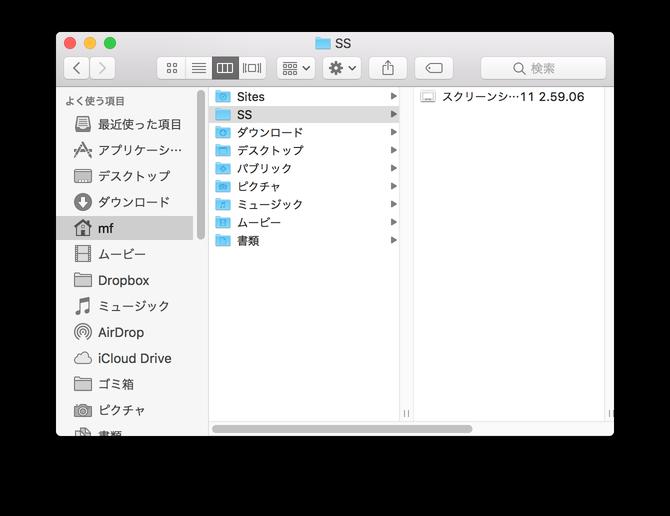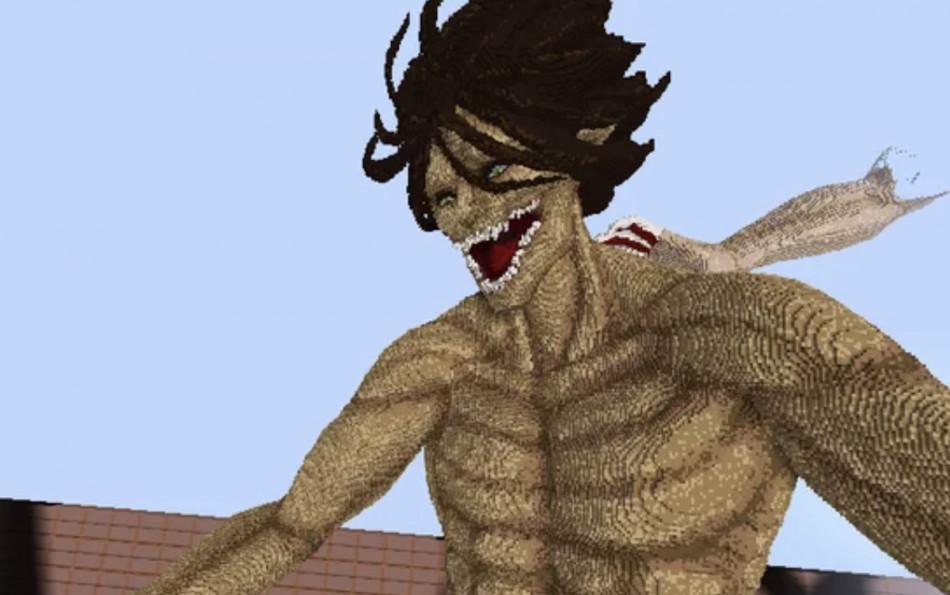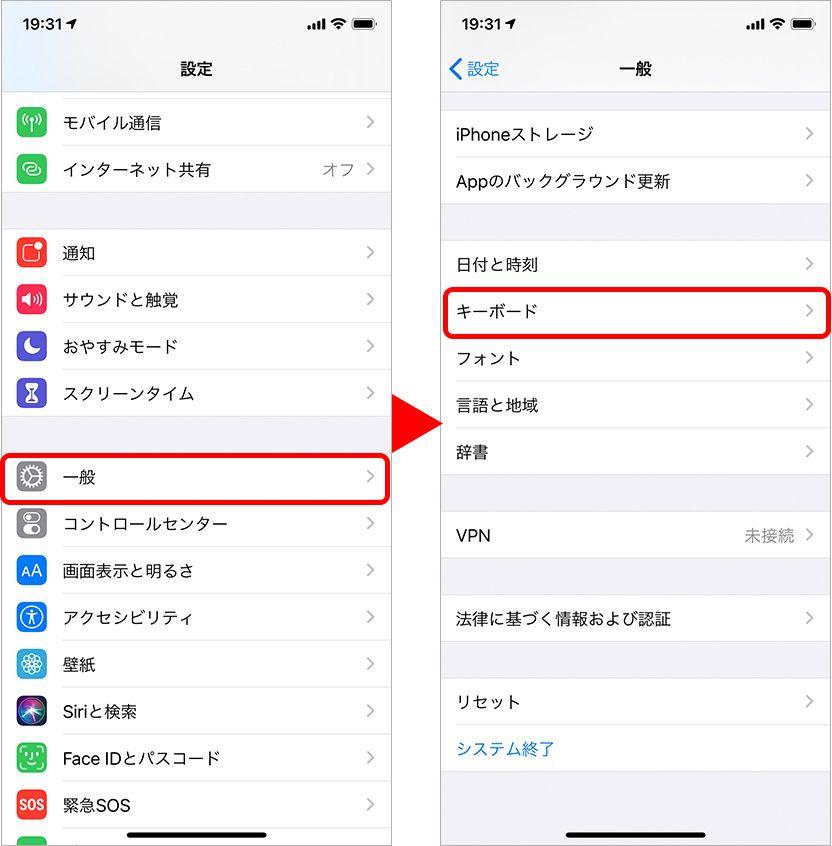Doctors are possible anytime, anywhere -Doctors develop an internal treatment simulator that does not bomb X -ray.
理化学研究所(理研)光量子工学研究センター画像情報処理研究チームの深作和明客員研究員(新座志木中央総合病院脳神経外科医師)、横田秀夫チームリーダー(琉球大学医学部先端医学研究センター特命教授)、琉球大学病院心臓血管低侵襲治療センターの岩淵成志特命教授、大屋祐輔教授らの共同研究グループは、医師がX線被爆することなく、カテーテル[1]などを用いた血管内治療[2]の手術トレーニングを行えるシステムを開発しました。 本研究成果は、冠動脈疾患[3]や脳梗塞[4]、脳動脈瘤[5]などに対する血管内治療に携わる専門医の技能や治療成績の向上に貢献すると期待できます。 血管内治療の手術トレーニングは、実際の手術と同様にX線透視下で行うため、医師のX線被曝が避けられないという問題[6]がありました。 今回、共同研究グループは、蛍光観察技術[7]と画像処理技術を組み合わせることで、血管内治療に用いられるカテーテル、ガイドワイヤー[1]、ステント[8]などを、X線による透視下での画像で再現した「非被爆血管内治療シミュレータ」を開発しました。このシステムはX線透視装置が不要なため、トレーニングする医師は全く被爆しません。また、X線透視と同様に、シミュレータの投影方向の情報を削減しているため、従来のトレーニングシステムに比べて、実際の状況を再現したトレーニングを提供できます。さらに、システムはテーブル上に設置できるサイズであり、かつ従来法よりもはるかに安価なことから、いつでもどこでも医師がトレーニングすることが可能になります。 本研究は、『第51回日本神経放射線学会』(2月19日開催)にて発表されました。
Images (left) by visible light of blood vessel models and X -ray mock images by non -self -blooded treatment simulator
* Co -research Group Research Institute Light quantum engineering research center Image Information Processing Research Team Visit Researcher Kazuaki Fukasaku (Niiza Shiki Central General Hospital Brain Neurosurgery) Team Leader Hideo Yokota (Ryukyu University School of Medicine)Advanced Medical Research Center Special Professor Co., Ltd. Digital Design Service Medical Solution Department Manager Akio Nakahama (Nakahamao) Ryukyu University Hospital Heart blood Invasive treatment center Special Professor Shigei Iwabuchi, Hospital Director Yusuke Oya(Oya Yuusuke)
Study Support This Research is the 2nd year of Okinawa Prefecture New Industrial Business Promotion Project "Construction of" SmartCS "to reproduce the high and realistic catheter treatment scene (trustee: digital design service Co., Ltd.)", 2019 JST new technology.It was held with the support of the briefing.
1.背景 患部に到達するために皮膚や周辺組織を切開する従来の外科的治療は、オープンサージャリーや観血的手術とも呼ばれ、痛みを伴う、術後の回復に時間を要するなどの課題があります。これらを解決するために、患者にとって負担の少ない「血管内治療」や内視鏡下手術などの低侵襲手術が開発されてきました。 血管内治療では、カテーテルやステントを用いて、心筋梗塞や脳梗塞などにおける血管の狭窄を広げたり、血管を閉塞させている血栓を除去したり、破裂する恐れのある脳動脈瘤の中にコイルを詰めて塞栓したりします(図1)。その際、X線透視像をコンピュータ処理するデジタルサブトラクション血管造影(DSA)[9]装置を用います。血管にカテーテルを挿入して患部にその先端を到達させますが、X線透視だけでは血管は見えないため、造影剤[10]を血管に流して撮影し、血管の形状を把握します。そしてカテーテルの内腔に先端を適度に曲げたガイドワイヤーを挿入し、ガイドワイヤーの手元をひねって方向を制御しつつカテーテルを進行させて、患部に誘導します(図1)。
Fig. 1 schematic diagram of various intravascular treatment
A: Guidance of catheter to surgery.The catheter is inserted into the blood vessels from the groin or the artery of the wrist, and the tip is performed through the vascular cavity to the target site, and treatment is performed. B: Intertoascular treatment for cerebral aneurysm (coil embolization).The coil is placed on an aneurysm to prevent rupture of the bump. C: Intertopedia treatment for carotid artery stenosis (balloon vascular formation + stent detention).The stenosis of the carotid artery (a part where the blood vessels are narrow) is expanded with a balloon, and then a stent (mesh -shaped metal tube) is placed to repair the stenosis. D: Intertoascular treatment for cerebrovascular obstruction (blood clots recovery).Collect blood clots that are blocked by cerebral blood vessels and restore blood flow. E: Intrust treatment for cardiac coronary infarction.A balloon catheter is repaired by a balloon catheter for the stenosis of the coronary artery, which supplies oxygen or the like with blood, and is detained. |
Catheter surgery tends to be delayed compared to open serial jary, as it is necessary to send a new catheter when there is any trouble.Therefore, various blood vessels are developed and used for training so that the skills of surgery can be fully proficient in advance, but the conventional training method requires X -ray see -through as actual treatment.The doctor's exposure is inevitable.Furthermore, since the training place is limited to the catheter room used for actual treatment, there have been urgent tests and treatments that cannot be trained at the same time, cannot secure the time required for various technical training.There are also problems such as hindrance.Training systems using white light sources and video cameras have been developed, but there is no depth used for actual treatment because it can be judged from information such as shadows of blood vessels and the upper and lower position of the guide wire.Operation is easier than the operation of the X -ray see -through shadow painting, and it is not enough for training.Therefore, the joint research group presented a video equivalent to the actual intravascular treatment, and aimed to develop a training system that does not use X -rays.
2.研究手法と成果 共同研究グループは血管の形状を再現し、X線を用いない透かし撮りを可能にするため、透明な血管モデルを用意しました。また、造影剤による血管経路の再現と血管内に挿入するカテーテルなどの器具を表現するために、生命科学研究などでよく用いられる「蛍光観察技術」を利用しました。蛍光観察では、特定の波長の光を吸収して別の波長の光を発する「蛍光色素[7]」を使用します。 本研究では、可視光域の蛍光色素と光源、高感度カメラと波長選択フィルターからなる撮影システムを採用しました。血管モデルには、可視光域で透明な樹脂を選定し、液体に浸した状態で撮影することで光の屈折の影響を低減させました。 また、造影剤には液体の蛍光色素を用い、ガイドワイヤー、カテーテル、バルーン、ステントにも同じ波長の蛍光色素を塗布することで、血管内と器具の特定の部位だけを蛍光発光させるようにしました。その結果、対象物の距離に由来する陰影が少なくなり、X線透視による奥行き方向の情報がない映像と同様の効果を得ることができました。さらに、撮影画像に対して、輝度の反転、造影剤流入時の画像の記録と重畳表示[11]、画像の差分表示[11]などをリアルタイムで処理できる画像処理機能を持たせました。これらの機能の組み合わせにより、血管内治療で用いられる、血管の走行を示すルート表示やロードマップなどのDSAの機能を実現したX線透視撮影に近い「非被爆血管内治療シミュレータ」の開発に成功しました。 開発したシステムで血管模擬モデルの撮影の結果を図2に示します。まず、血流モデルに造影剤を流し入れることにより、血管の走行を撮影したところ(図2A)、血管モデルに設置した分岐や動脈瘤が認められました。図2Bは造影剤が流れた後、ガイドワイヤーとカテーテルを挿入した状態を示しています。ここからガイドワイヤーとカテーテルに設置した蛍光色素の配置を区別して観察できます。実際のガイドワイヤーとカテーテルの先端には、鉛などでX線の通りにくい箇所を作り、X線で区別できるよう透過特性を変えており、同様の表示ができています。図2Cは、造影剤とガイドワイヤー、カテーテルを重畳表示した画像です。血管の走行と合わせて、ガイドワイヤーの方向と挿入を操作することにより、任意の分岐を進むことができます。 最後に、開発したシステムと一般のカメラでの撮影の比較を行いました。図2Dでは、血管モデルの走行とガイドワイヤーとカテーテルが一緒に写っており、血管モデルの形状や上下の位置を陰で判断できるなど、X線透視下での血管内治療と大きな違いがあり、トレーニングの成果が期待できません。
Figure 2 Figure 2. Shooting images of blood vessel models using a non -bone -tube therapy simulator developed

A: Image of blood vessel driving of contrast agent.The blood vessels installed in the blood vessel model and the aneurysm (the part that looks round) is reflected. B: Image of guide wire and catheter.The part that looks black is a guide wire and a catheter, and the part surrounded by a yellow circle indicates the tip of the catheter. C: The display image of blood vessels and catheter. D: An image taken with a general camera under the white light source. |
本システムには、画像処理部にはグラフィカルユーザーインターフェース[12]が実装されているため、一般的なパソコンでもDSAを摸したカテーテル治療のトレーニングができます。現在、本システムは縦横60センチメートルの場所に設置できる大きさですが、さらなる小型化も可能であり、また従来法に比べてはるかに安価であるなどの長所があります。
3.今後の期待今回開発したシステムでは、X線を使用せずにX線透視に近いリアルタイムのイメージを得ることができます。医師が職業的なX線被曝を繰り返すことにより、白内障をはじめとする健康被害が懸念されており、カテーテル治療に関わる学会では、白内障の検診を始めているところもあります。本システムを用いることで、医師のX線被爆を患者の治療の際に限定することが可能になります。また、今後市販化を目指した開発をさらに進め、医師のトレーニング機会を提供することにより、新しいデバイスの評価や多数の医師の技能向上も図れます。 さらに、理研画像情報処理研究チームで開発した患者個体別血管モデリングシステム[13]と連携させることで、患者個体別の血管形状を反映した3Dモデル、統計的に多発する病態モデルでのシミュレーションに展開することを目指しています。新たなデバイスを用いて、どこでも、被曝の心配なく、必要な時に好きなだけ治療の練習ができるようになり、治療の安全性の向上につながるものと期待できます。
4.Paper information
5.Supplementary explanation [1] Catheter, the guide wire "Catheter" is a flexible tube like a straw (diameter 0).In 5-20mm), therapeutic equipment is put in and out of the trage, or drug solution is injected.Some catheters are attached to balloons (balloons) to spread blood vessels and block blood flow.Because blood vessels are bent, it is difficult to select blood vessels and move catheters with catheters alone.Therefore, "guide wire" is passed in the catheter.In order to proceed while selecting a blood vessel branch, it is necessary to change the direction you want to turn and push it with a guide wire with a bent tip.Since there are countless blood vessels, from the introduction of the limbs to the affected area, it is necessary to overcome many branches.Therefore, after proceeding with the branch, the guide wire does not move and only the catheter is proceeded.This process is repeated as the number of blood vessels and reach the affected area.In addition, not only guide wires, but also catheter bends are selected.For this reason, guide wires and catheters are replaced with different curvature according to the progress and invade the affected area.In addition, one catheter and guide wire are used in one treatment to replace the catheter and the size of the catheter and guide wires as needed to be replaced at any time according to the shape and stenosis of the blood vessels.[2] A treatment that uses an intravascular catheter to reach the affected area from the originally existing space called intravascular cavity.Due to the use of natural spaces, the burden on the body is light, but the catheter passes through the body, so it is essential to see X -rays.With the improvement of image technology and catheter technology, internal treatment has been performed in various places in the whole body.In the area of the heart, we select balloons and stents in response to various factors, such as the position, length, and degree of blood vessels and calcification, as well as pathological stenosis.。In the brain nerve region, the pathological vascular cavity is closed with a coil, stenosis is expanded with a balloon and a stent, and blood clots flowing from other parts of the body are removed.In the aortic region, a new inner cavity is created using a film -stretched stent for the aortic expansion.In the liver region, blood vessels that are nutritious to cancer are obstructed.[3] Coronary artery disease A general term for a disorder in the heart that causes stenosis or obstructed coronary artery that supplies nutrients to the heart.Includes angina and myocardial infarction.In addition to the position, length, and degree of blood vessels and calcifications, such as the position, length, and degree of pathological stenosis, a balloon and stent are selected and treated.[4] The tissue is necrotic when blood flow does not reach the tissue of the cerebral infarction.The stenosis and blockage of the blood vessels that send nutrition to the brain, and the blood clots generated in other parts flow, and the cerebral blood vessels are obstructed.It is not rare to improve when the infarction causes half -body paralysis, sensory disorders, and impaired consciousness, and is completed.Therefore, treatment is performed to release stenosis or take out blood clots.[5] The artery of the cerebral aneurysmary aneurysm is swollen and weakened.Asymptoms are asymptomatic until it bursts, but if it bursts, it becomes subarachnoid hemorrhage.It is essential to treat re -burst prevention because the mortality rate increases when it bursts.[6] During internal treatment of vasculars, the doctor is wearing lead apron for protection when the doctor's X -ray exposure is inevitable.The lens of eyeballs (parts that are cloudy due to cataracts) are particularly vulnerable to the bombing, so they wear dedicated glasses and goggles, but the effects of the exposure are inevitable even if these protections are protected.[7] Fluorescent observation techniques, the light of the specific wavelength of fluorescent pigments, and the pigment that emits another wavelength light is called fluorescent dyes.Fluorescent observation technology uses the difference between the wavelength that the pigment is absorbed and the wavelength that emits fluorescence, and uses an optical filter with a wavelength selection system to darken the background and observe only the part of the fluorescent color.。Used to explore wounds in industrial products and observe specific parts and functions of living things.[8] Stent mesh -shaped metal cylinder is stored in a catheter.When the catheter is reached to the affected area and taken out of the catheter, it spreads with metal elasticity, supports the inner cavity, and is used to treat stenosis such as cervical artery and coronary artery.Alternatively, a membrane is set up to fill the gap between the metal, and the aortic dissection is treated as a new blood vessel wall.[9] Digital subtraction blood vessels (DSA) Originally, when I was shooting blood vessels with film, I reversed the gracecale of X -ray photographs without contrast agent to erase unnecessary bones in the observation of blood vessels.A method of re -baking a contrast agent and a photo with bones, and obtaining an image only for blood vessels is called a subtraction method.Digital subtraction blood vessels are performed on images incorporated into a computer instead of film.Currently, it is a function that further displays the X -ray catheter and treatment equipment obtained by seeing through the image of the blood vessels -only, and ensures that catheter operations to the lesions are secure (roadmap).It has also been added and is indispensable for internal treatment.DSA stands for Digital Subtraction Angiography.[10] A drug that is difficult to pass through an X -ray that flows into the vascular cavity to get contrasting blood vessels.In most cases, iodine is used.[11] The superimposed and differential displays should be taken by overlapping images taken separately on the video.The difference display should be subtracted and displayed.In this study, a difference was displayed to confirm the position of the blood vessels even when the contrast agent was played.[12] A mouse or pointer is displayed on the screen of the graphical user interface computer, and an operation system that can be intuitively operated without being instructed on the command line.[13] Patient individual vascular modeling system X -ray CT and contrast agent A three -dimensional image processing software that models different blood vessels for each patient.















